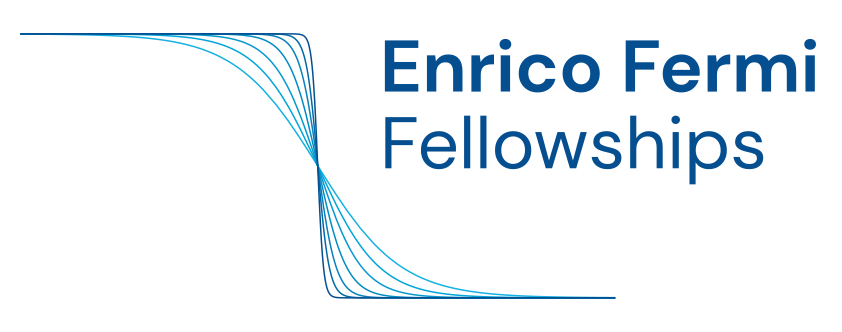Università degli Studi di Padova
Supervisors: Giuseppe Vallone (Università degli Studi di Padova) – Adan Cabello (University of Seville)
Short Bio: I am currently a PhD student at the University of Padova, with a research focus on experimental methods of generating and distributing entanglement in quantum networks. Prior to this, I completed a joint master’s degree from Technische Universiteit Eindhoven and Scuola Superiore Sant’Anna, specializing in integrated photonics. For my master’s thesis, I worked on continuous variable quantum sensing protocols and NISQ algorithms at QuTech, TU Delft. The goal of my current research is to develop experimental schemes to harness high-dimensional entanglement for fundamental physics.


